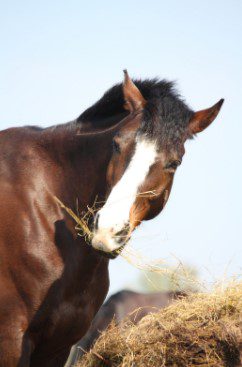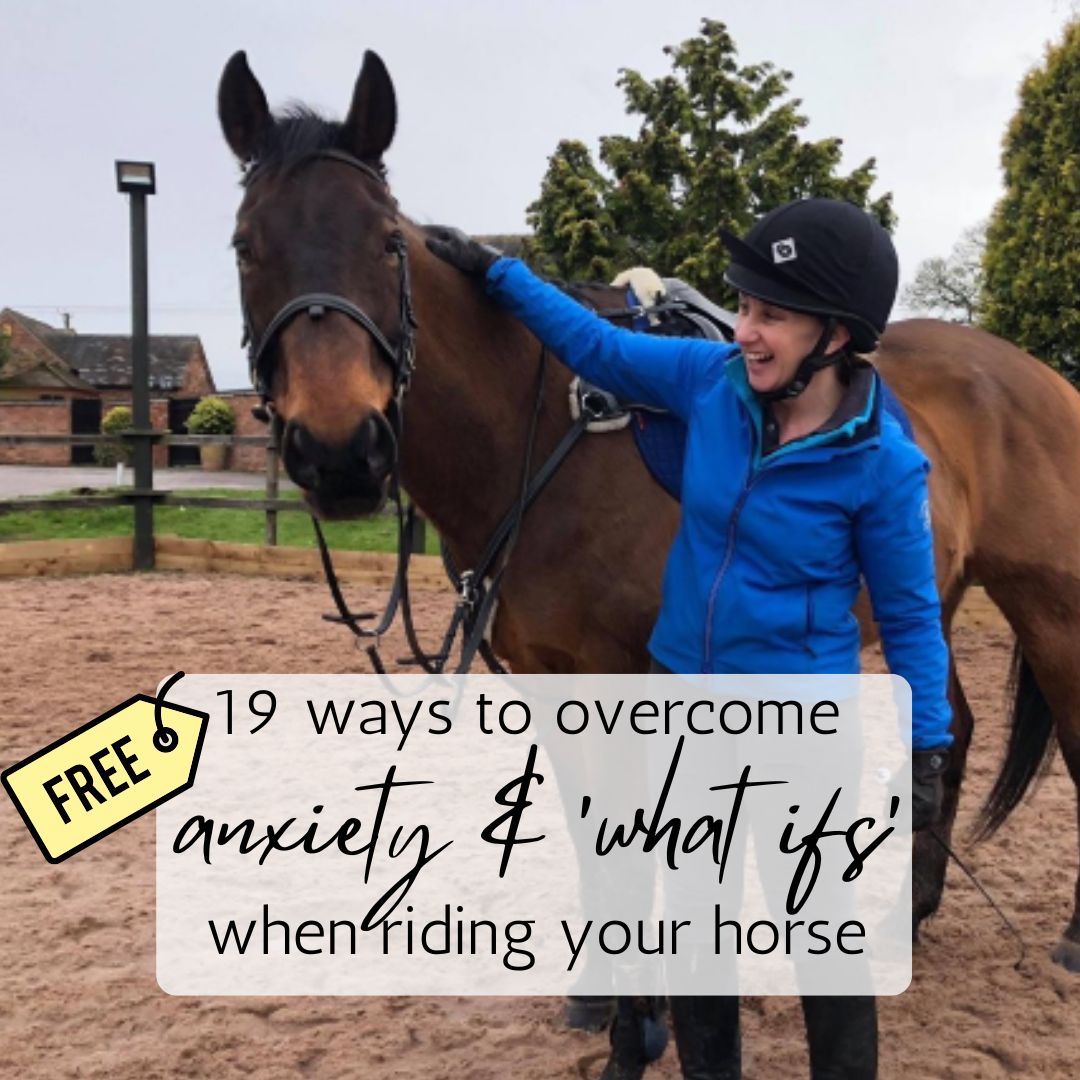A common question often asked by owners is whether or not they should be soaking or steaming hay. There is no right or wrong answer to this question and there are certainly pros and cons for both methods.
Traditionally hay has always been soaked as a way to reduce airborne respirable dust in forage however in more recent years steaming hay has become far more common and many horse owners choose to feed their horse via this method.
Whether you choose to soak hay or go down the steaming route there are certainly good reasons for both which cross over significantly. Some of the reasons why horse owners soak or steam hay as opposed to feeding dry hay to their horse include:
- As part of a weight loss plan
- Health conditions such as respiratory problems (reducing dust particles)
- Poor dentition in older horses
- Less good quality hay available, i.e. dusty (should you even be feeding it?)
There are certainly some significant pros and cons to feeding soaked or steamed hay and here we will take a closer look at the difference between the two which may give you a better idea of which method you should use with your horse.
Benefits & issues with soaking hay
Time
Soaking hay can be a bit of a long process especially if you are in a rush. You should soak hay for an absolute minimum of 20 mins and no longer than 12 hours. 20 mins is not really ideal and you should aim to soak for hours rather than minutes where possible. It may not seem a lengthy process, but if you forget to start soaking when you first arrive you may find yourself having to wait around.
Replenishment
When soaking hay you must ensure that you are changing the soaking water daily. Old soaking water is considered a pollutant and essentially sewage water after a day’s usage. You will find the water will become dirty, smelly and rancid and most owners will change the water after every use. This may be an extra task that you could do without.
Difficulty
There’s no doubt about it soaked hay can have its logistical challenges. It can be very heavy and difficult to manoeuvre around the yard and depending on your physical ability you may need some assistance. This usually isn’t a problem for most horse owners but is something you will certainly need to consider when soaking hay.
Quality
It is important when selecting hay to feed your horse that you choose the best quality hay available. It doesn’t matter whether you are feeding this to your horse as it comes, soaking or steaming there is no excuse for bad quality hay. From a visual point of view, it may seem like you can revive hay with some nice fresh water and a soak, but this is far from the truth. Soaking cannot rectify poor quality hay!
Fussy Eaters
It’s true to say there are some very fussy equines out there and many horses just prefer regular hay. Some horses won’t eat soaked hay. They won’t even touch it. Bear in mind if your horse has been on dry hay for a long time they may not welcome the change. You may have to phase in the soaked hay bit by bit until they get more used to it.
Cost
The good news is that soaked hay is relatively cheap to do. You will just need to pay your regular price for bales of hay and your water bill! Cost is often a deciding factor of how to provide hay to your horse and you don’t need any fancy equipment to soak.
Benefits & issues with steaming hay
Time
Steaming hay is so much quicker than waiting hours for hay to soak. Most steamers steam hay in around 30 mins. It’s important to note that hay that has been pulled apart or shaken out will steam much more quickly. This is a great option if you are always strapped for time and may be why you prefer to feed your horse steamed rather than soaked hay.
Smell and Taste
Steamed hay smells lovely! You can often tell whether hay has been steamed by smell alone. The steaming process brings out all the delicious smells and flavours which almost makes you want to eat it yourself! Horses seem to love the taste of steamed hay, usually more so than soaked hay and this can be a great option for fussy eaters.
Process
Although the steaming process may be quicker than soaking hay there are some considerations you need to factor in about the process. Hay needs to be steamed to a high enough temperature so that it destroys potentially damaging micro-organisms. The process will take some extra observations on your part to prevent providing your horse with sub-par hay.
Cost
One of the major downsides of feeding your horse steamed hay is the cost factor. It is a far more expensive way of feeding hay than soaking. You will need to purchase a steamer to carry out the method successfully and the cost of purchasing one of these machines can be pretty steep. Some owners will avoid this method due to the large upfront costs involved.
DIY
If you are planning on going down the DIY, homemade steamer route we would strongly advise against it. Whilst it may be cheaper than purchasing one of the fancy and expensive steaming machines on the market, it can pose a significant health and safety risk. Let’s just say the store-bought machines are expensive for a reason!
Which is right for your horse depends entirely on what you are trying to achieve


